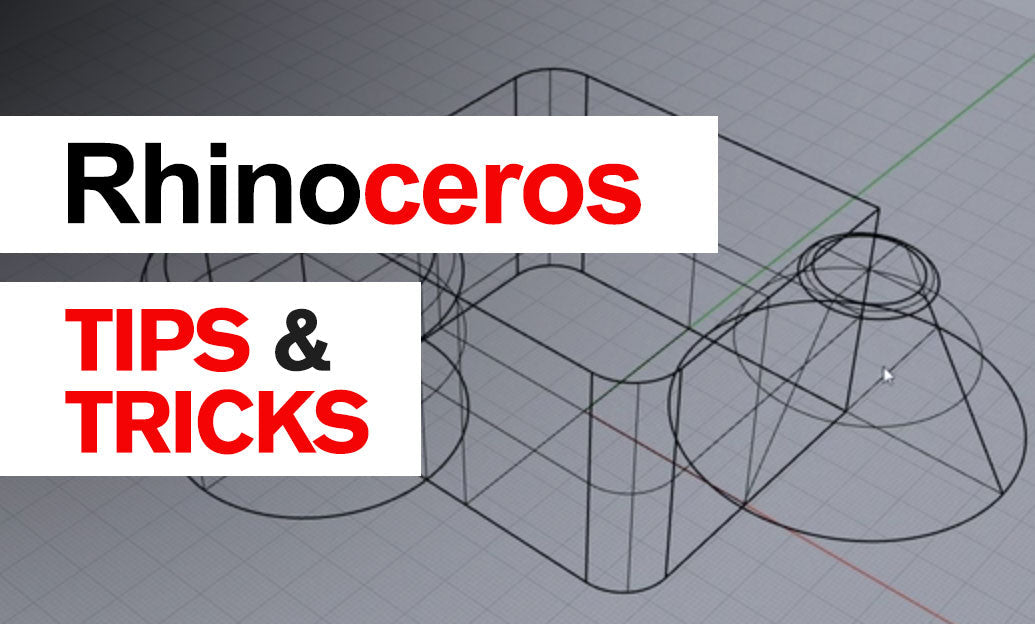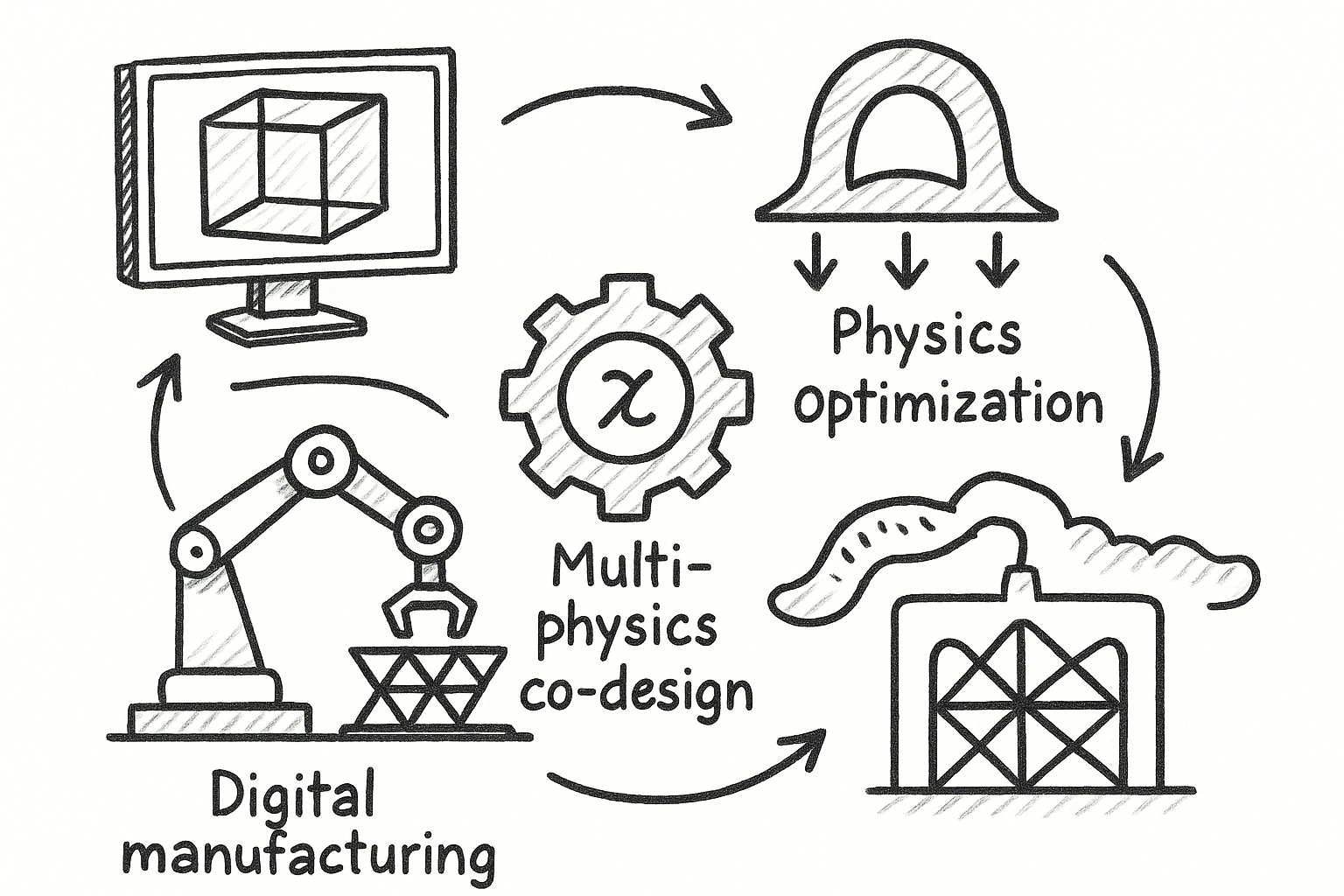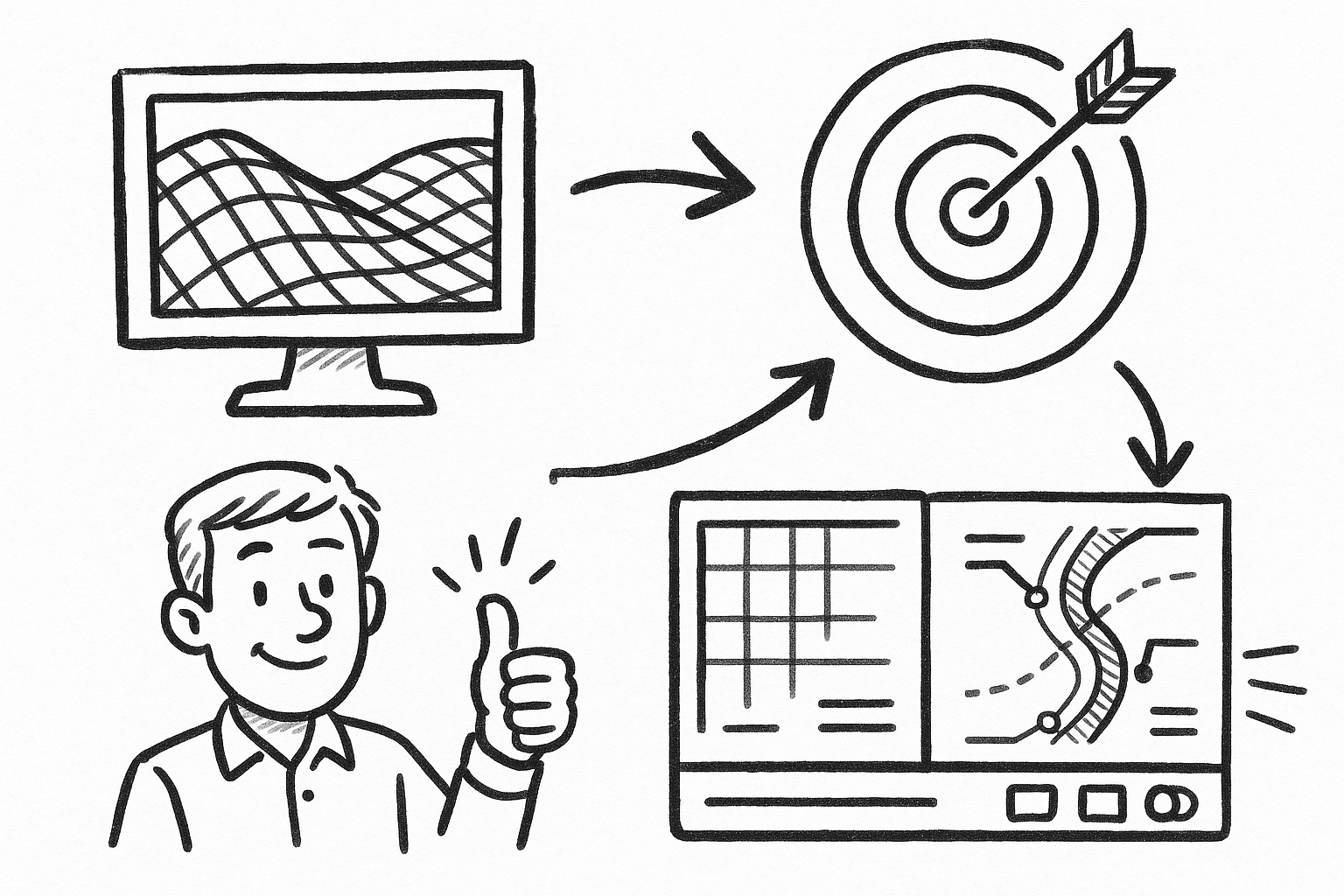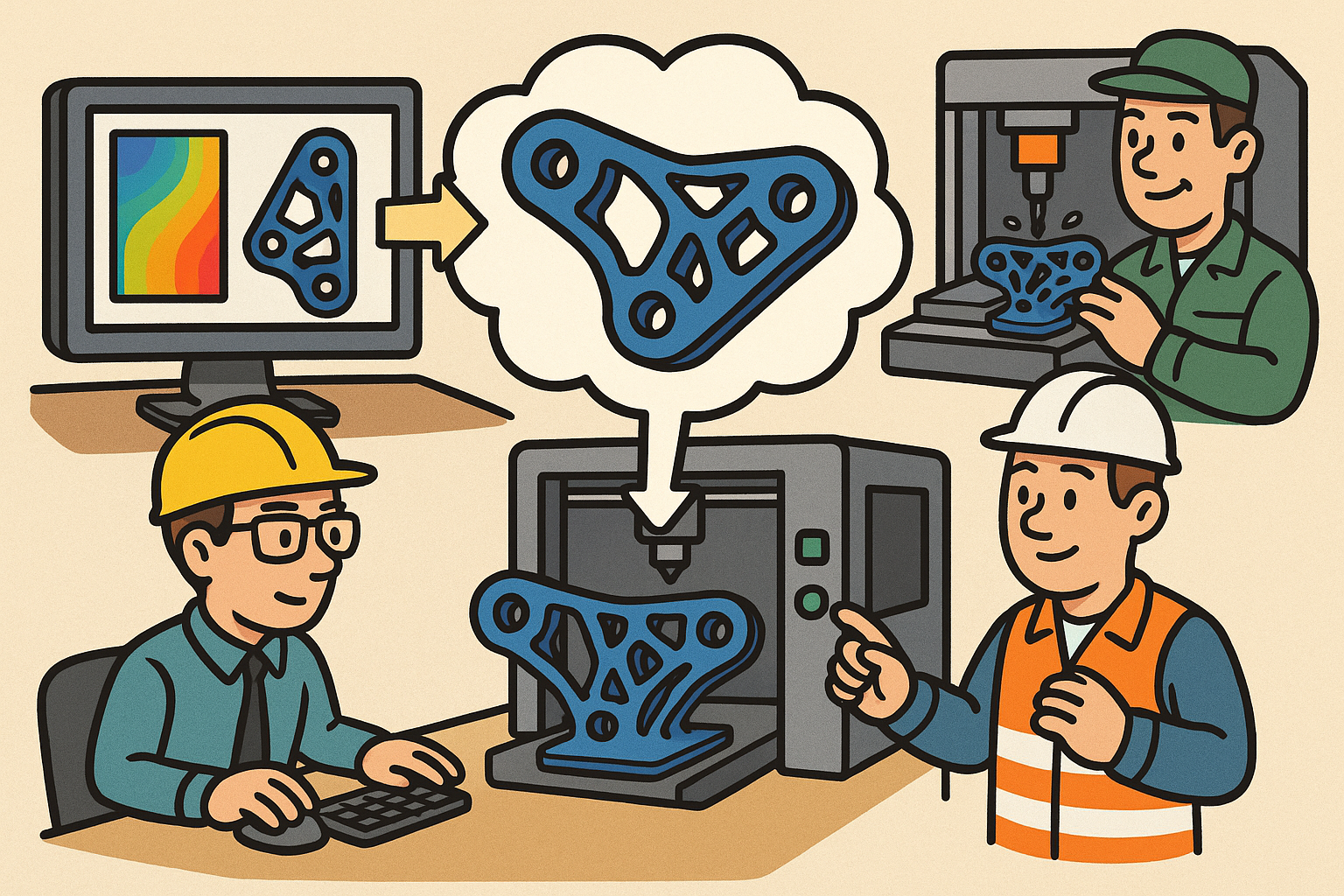Your Cart is Empty
Create once, reuse forever. A well-crafted Rhino template standardizes units, layers, annotations, and presentation so every new file starts correct—and stays that way.
-
Establish robust units and tolerances
- DocumentProperties > Units: pick the smallest unit you’ll actually model with (mm for product/jewelry, m or ft for architecture).
- DocumentProperties > Units > Tolerances: set Absolute and Angle to match manufacturing needs. Example: 0.001–0.01 for small parts; looser for large buildings.
- Consistent tolerances reduce Boolean and Join issues later.
-
Prebuild an intelligent layer system
- Create a core set: 00_Ref, 10_Curves, 20_Surfaces, 30_Solids, 40_SubD, 50_Mesh, 60_Annotations, 70_Layouts, 90_Export.
- Assign layer colors, linetypes, print widths, and materials by layer for instant visual and print consistency.
- Save multiple Layer States (e.g., Modeling, Review, Documentation) to toggle visibility/weights quickly.
-
Standardize annotation and plotting
- Define Text, DimStyle, Leader, and Hatch styles with named conventions (e.g., “Doc_2.5mm”, “Doc_1/8in”).
- Set default fonts, arrowheads, and tolerances for dimensions to match office standards.
- Include ready-to-use Layouts: common sheet sizes, title block, scale callouts, detail borders, and plot styles.
- Assign PrintWidth by Layer and lock it in your template for predictable PDFs.
-
Bake in helpful geometry and libraries
- Include a clean title block, north arrows/section symbols, scale figures, and standard notes (DocumentProperties > Notes).
- Add frequently used Blocks (fasteners, connectors, entourage). Prefer relative paths if you link external blocks.
- Store a lightweight material library (company PBRs) and set your default renderer.
-
Prepare views, CPlanes, and display
- Create Named Views (Iso, Exploded, HeroCam) and Named CPlanes for key build directions.
- Customize Display Modes (Shaded, Ghosted, Rendered) for clarity—edge thickness, backface color, mesh quality.
- Add a neutral HDRI or environment for quick previews.
-
Performance and modeling aids
- Set SmartTrack, Osnap defaults, Gumball on/off as preferred.
- Choose a display mesh quality that balances speed and fidelity for your domain.
- Keep History off by default unless your workflow depends on it.
-
Clean, save, and govern
- Run Purge to remove unused styles, layers, and blocks.
- SaveAsTemplate and give it a clear name (e.g., “ACAD_MM_Doc-v2025.1”). Include a preview image and brief Notes describing scope.
- Maintain versioned templates and archive retired ones to avoid drift.
Pro tips:
- Create discipline-specific variants: Architecture, Product, Jewelry, Visualization.
- Bundle a “Start Here” layer with onboarding notes for new team members.
- Test by opening a fresh file, running a typical task chain, and exporting to your common formats (DWG, STL, STEP, glTF) to validate settings.
Need Rhino, renderers, or plug-ins to round out your template stack? Explore curated options at NOVEDGE, including V-Ray, VisualARQ, and more Rhino add-ons at NOVEDGE plug-ins. A solid template plus the right tools pays for itself every project.






